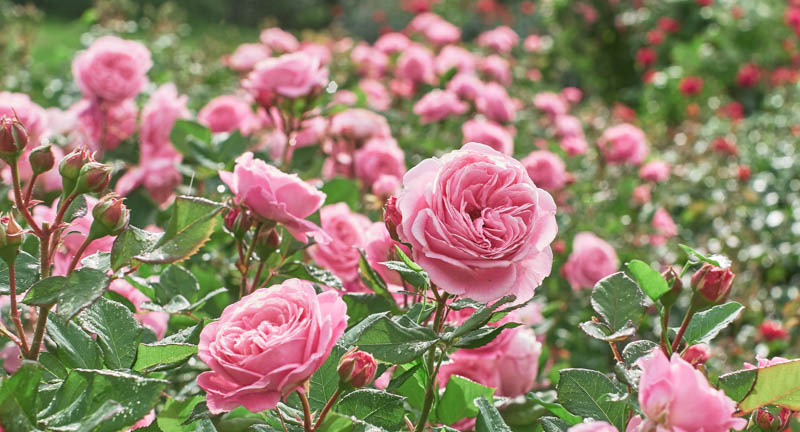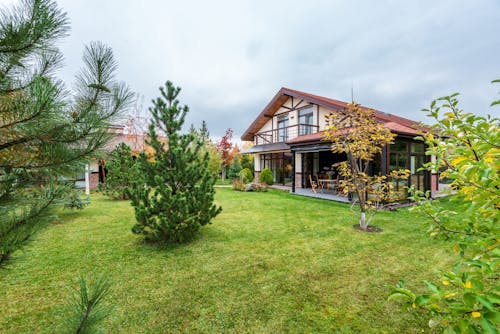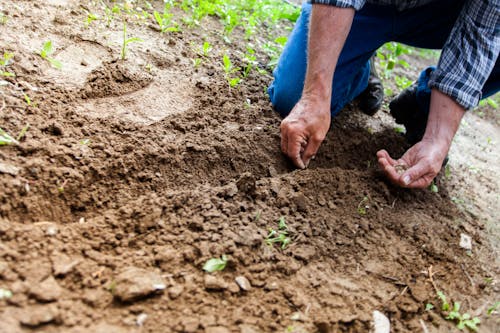Exploring the Enchanting Pink Rose Garden: A Blooming Paradise
Discover the allure of the pink rose garden, a breathtaking sanctuary filled with nature’s most romantic blooms. Get expert insights, tips, and FAQs on cultivating and enjoying these delicate flowers.
Introduction: Unveiling the Splendor of Pink Roses
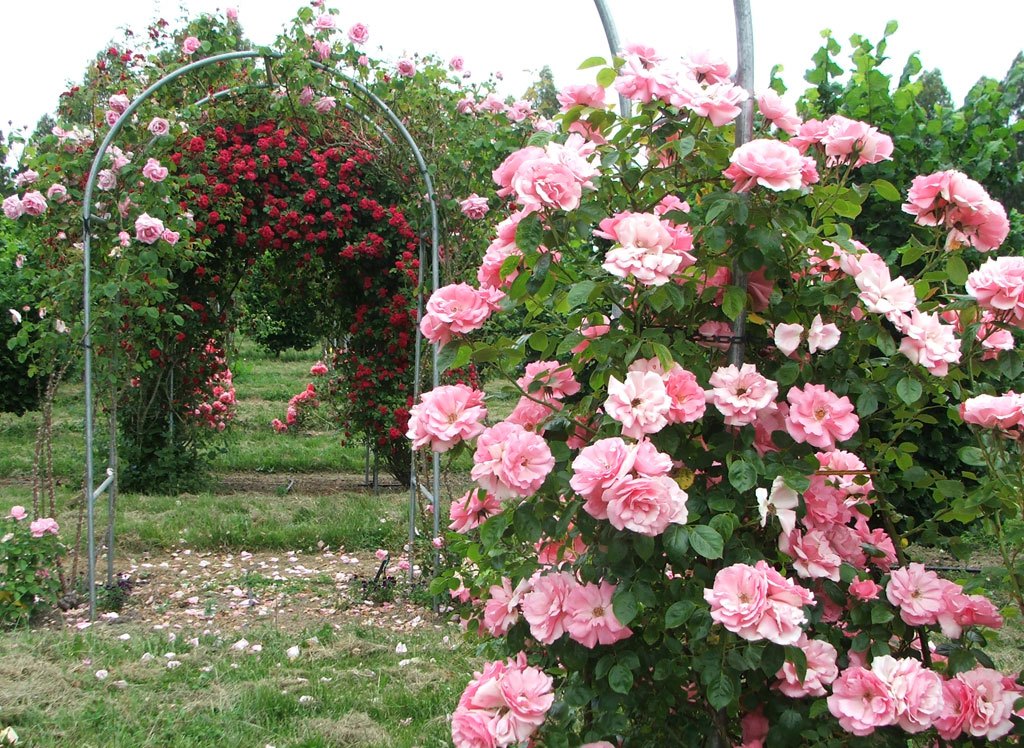
Welcome to the realm of pink roses, where beauty meets grace, and every bloom whispers tales of love and serenity. In this comprehensive guide, we embark on a journey through the enchanting world of pink rose gardens, exploring everything from cultivation techniques to the symbolism behind these timeless flowers.
1. Pink Rose Garden Essentials: Cultivating Nature’s Romance
1.1 Choosing the Perfect Location
Selecting the ideal spot for your pink rose garden is paramount to its success. Opt for a location with ample sunlight, well-drained soil, and good air circulation to promote healthy growth.
1.2 Soil Preparation
Prepare the soil by incorporating organic matter such as compost or aged manure to improve drainage and fertility. Aim for a slightly acidic pH level between 6.0 and 6.5 for optimal rose health.
1.3 Selecting Varieties
Explore a myriad of pink rose varieties, from delicate blush tones to vibrant magentas. Consider factors such as bloom size, fragrance, and disease resistance when choosing the perfect cultivars for your garden.
2. Planting Pink Roses: Nurturing Nature’s Elegance
2.1 Planting Techniques
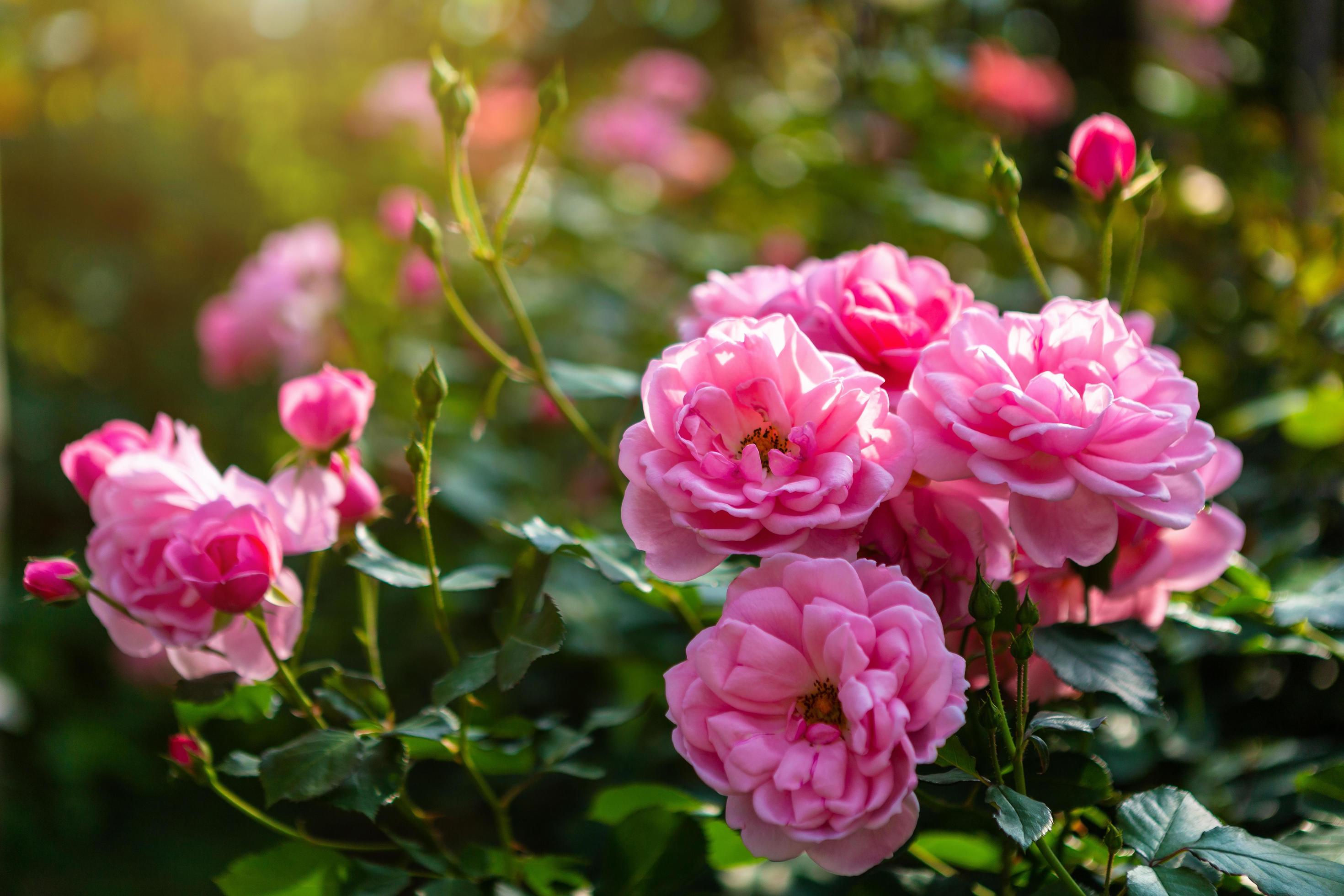
Follow proper planting techniques, ensuring the crown of the rose is level with the soil surface and the roots are spread out evenly. Water thoroughly after planting to settle the soil.
2.2 Watering and Mulching
Maintain consistent soil moisture by watering deeply and regularly, especially during dry spells. Apply a layer of organic mulch to retain moisture, suppress weeds, and regulate soil temperature.
2.3 Pruning and Deadheading
Prune pink roses in late winter or early spring to remove dead or diseased wood and promote vigorous growth. Deadhead spent blooms regularly to encourage continuous flowering throughout the season.
3. Pink Rose Care Tips: Sustaining Nature’s Ephemeral Beauty
3.1 Fertilizing Routine
Feed pink roses with a balanced fertilizer formulated specifically for roses, following package instructions for application rates and timing. Avoid over-fertilization, which can lead to excessive foliage growth at the expense of blooms.
3.2 Pest and Disease Management
Monitor your pink rose garden for common pests such as aphids, thrips, and Japanese beetles, and promptly address any infestations with organic or chemical controls. Practice good sanitation to prevent the spread of diseases such as black spot and powdery mildew.
3.3 Winter Protection
Prepare your pink roses for winter by mulching around the base of the plants and providing additional protection for tender varieties. Consider wrapping canes with burlap or applying a layer of straw to insulate against freezing temperatures.
4. Pink Rose Garden Design: Creating a Serene Haven
4.1 Design Principles

Incorporate pink roses into your garden design using principles of color harmony, contrast, and focal points. Blend different varieties and complementary plants to create a visually stunning and harmonious landscape.
4.2 Container Gardening
Explore the versatility of pink roses in container gardening, ideal for small spaces or urban environments. Select compact varieties and high-quality potting mix for successful container cultivation.
4.3 Trellising and Support
Train climbing or rambling pink roses on trellises, arbors, or pergolas to add vertical interest and maximize garden space. Provide sturdy support structures to prevent damage from strong winds or heavy blooms.
5. Pink Rose Symbolism: Embracing Nature’s Poetry
5.1 Love and Romance
Pink roses symbolize love, admiration, and gratitude, making them perfect gifts for cherished moments and heartfelt expressions. Share the language of flowers with loved ones through bouquets or arrangements.
5.2 Friendship and Appreciation
Express friendship and appreciation with pink roses, conveying warmth, joy, and camaraderie. Celebrate meaningful connections and milestones with the timeless beauty of these delicate blooms.
5.3 Healing and Tranquility
Experience the healing power of pink roses, known for their soothing fragrance and calming presence. Incorporate roses into aromatherapy practices or meditation spaces to promote relaxation and well-being.
Conclusion: Cultivating Pink Rose Bliss
In conclusion, the pink rose garden embodies the essence of beauty, romance, and serenity, offering a haven of tranquility and inspiration for all who wander through its fragrant blooms. Whether you’re a seasoned gardener or a budding enthusiast, embrace the magic of pink roses and let nature’s poetry unfold in your own backyard.
FAQs
How often should I water my pink roses during the growing season? During the growing season, water pink roses deeply once or twice a week, depending on weather conditions and soil moisture levels.
When is the best time to plant pink roses? The best time to plant pink roses is in early spring or late fall when the weather is cool and the soil is workable.
How can I encourage repeat blooming in my pink rose garden? To encourage repeat blooming, deadhead spent flowers regularly and fertilize roses with a balanced fertilizer throughout the growing season.
What are some companion plants that pair well with pink roses? Companion plants such as lavender, salvia, and catmint complement pink roses beautifully, enhancing their color and fragrance while attracting beneficial pollinators.
How do I prevent common rose diseases such as black spot and powdery mildew? Prevent rose diseases by practicing good sanitation, providing adequate air circulation, and selecting disease-resistant rose varieties whenever possible.
Can I grow pink roses indoors? While it’s possible to grow pink roses indoors, they require bright light, adequate humidity, and careful attention to watering and temperature control.

